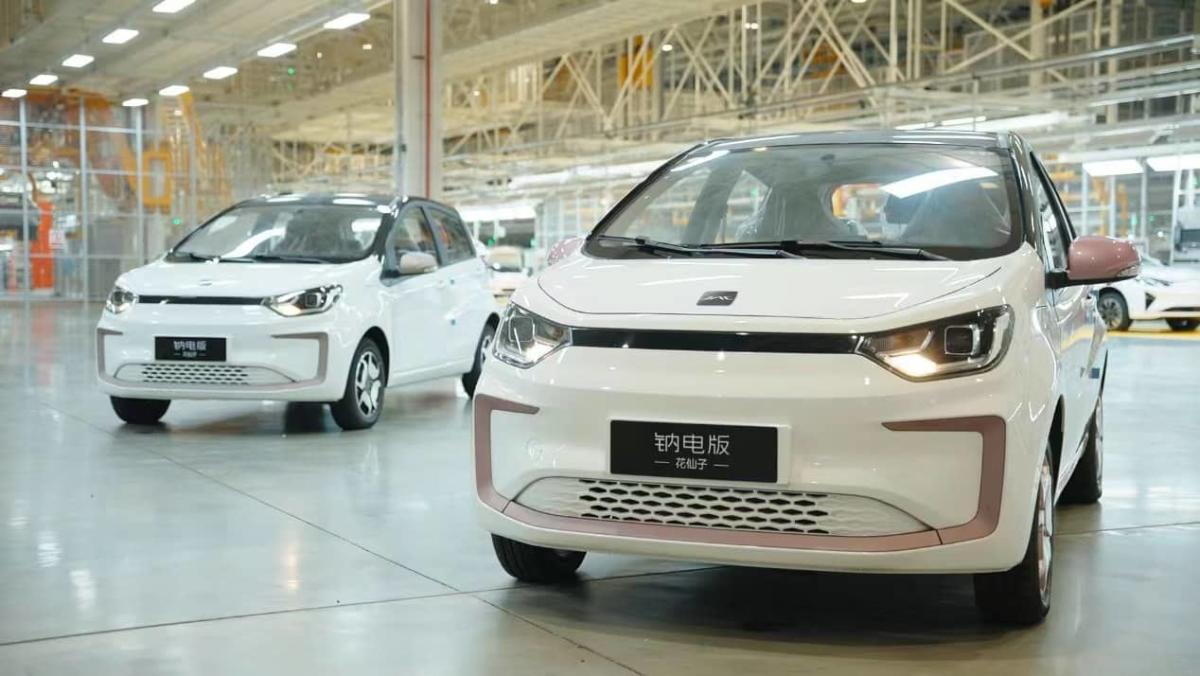- cross-posted to:
- technology@lemmy.world
- cross-posted to:
- technology@lemmy.world
‘252 km (157 miles) range’ to save others the same skimming I did
Not bad for that battery’s first outing
Perfect for my needs. But I doubt it will ever be for sale here in the U.S.
The key is that with the right use case, it frees up lithium to be used where only it is suitable.
(for my needs I’d be fine with sodium…)
I can see that. My point is that the only electric car that has that range in the U.S. is the Leaf, which goes 168 miles on the smaller battery. I don’t need an electric car that goes that many miles between charges. I’d be fine with 90. I’d probably be fine with less than 90. We have a second car if we ever want to leave town. I’d ditch my hybrid and get a cheaper electric car that didn’t have a huge range, but it isn’t even on offer.
For sure! I think we’re going to have to move away from a one-size fits all car design. For general city use, I use a Chevy Bolt, but for longer (infrequent) runs, I’m still stuck with ICE (I’d use a hybrid if I had one). In Canada, the range really does go down in the winter. (and Canada has not taken charging infrastructure very seriously - mandatory for adoption)
Anyway you look at it, these are very, very positive developments.
Id like to add that there are different versions of the car, with the long range version being 302km range, and the battery mass to energy ratio is actually average compared to other batteries.
Also, those ranges are for the sehol branded version, the car in the article might have a different range(although I doubt it) https://www.batterydesign.net/sehol-e10x-sodium-ion/
Curious how it’ll perform in real world conditions. Sodium batteries are supposed to have much better charging times and don’t degrade the way lithium batteries do, both of which would be huge. Fingers crossed they live up to expectations.
(Also obligatory “expand and improve public transit damnit!”)
As some used to “gotchas” and things aren’t free, I’m wondering what kind of shortcomings[1] these batteries have that others do not.
[1] for example acid batteries can push a lot of power, but they are heavy and contain lead and well… acid. The nickel cadmium doesn’t contain lead and acid, but has memory so you should follow discharge them before charging again. They are lighter, but still not light. Lithium ion are light, don’t have memory, but can explode, also lose life if they are kept fully discharged or charged for long periods of time. They also slowly discharge when not in use, mainly due to protective circuit needing electricity to run.





